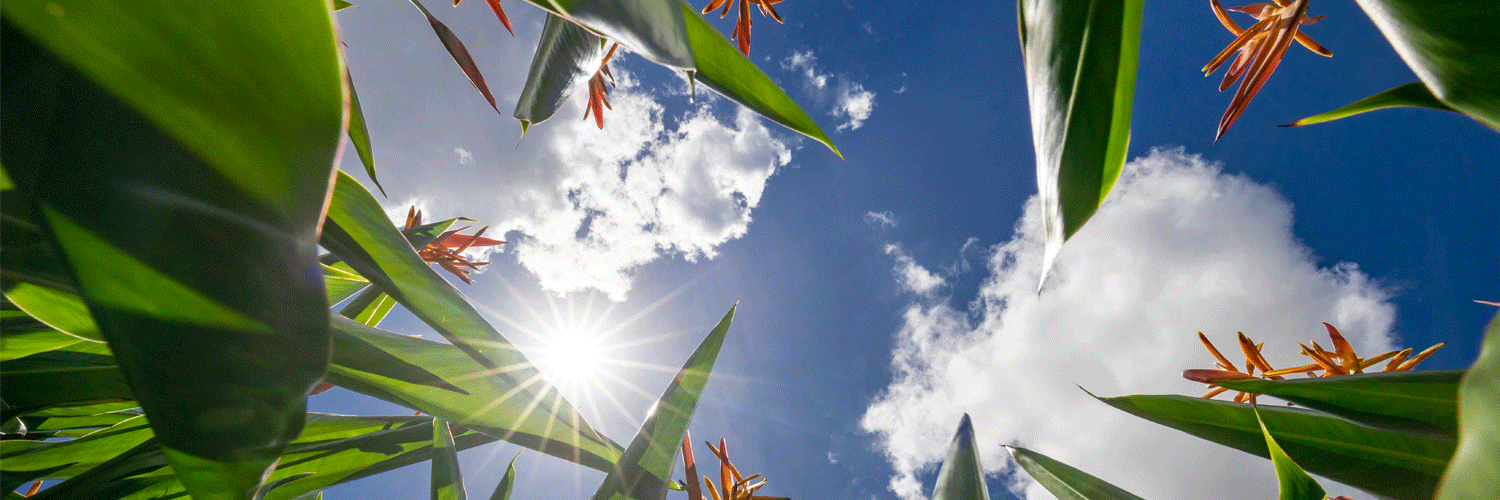

The Florida Space Coast faces climate resilience challenges and risks that are representative of many coastal communities nationwide. These hazards include heat stress, extreme precipitation, hurricanes (wind, surge, and flooding), and coastal erosion. Inland flooding events are increasing due to development, heavy precipitation and subsequent stormwater runoff, which also affects water quality and human health.
For those who live along the Indian River Lagoon, a narrow 250 km long coastal estuary subject to many stressors including urban development, the local flooding risks are increased. The combination of climate change and associated economic stresses is particularly acute in underserved areas of these coastal communities. In recent years, energy costs and homeowner insurance rates have nearly doubled and are three times the national average. These challenges disproportionately impact the disadvantaged, creating roadblocks to clean energy solutions and climate resilience in areas with the greatest needs.
To address these challenges, Florida Institute of Technology (Florida Tech) has partnered with the U.S. Department of Energy's (DOE) Argonne National Laboratory (Argonne) and a local grassroots organization (Little Growers) on a climate resilience project that will:
An essential component of the project is to establish proactive and cost-effective strategies that effectively address local climate issues, enhance and inform urban infrastructure, and safeguard the Indian River Lagoon. Our solutions will involve the development of evidence-based best practices, maps of neighborhood heat stress and flooding, and building energy tools that aid urban planning in underserved communities along the Space Coast of east Florida.

Figure 1: The georgraphical region considered in this proposed work. The Space Coast of east central Florida (center) and the underserved target communities (right inset) are delineated by the solid black lines as defined by Census tracts 649.02 and 651.24). Also shown are Florida Tech, Stone Middle School, and the location of residence for building energy efficiency testing. The Indian River Lagoon (IRL) borders a portion of the eastern shoreline of the underserved community. To the northeast, a segment of the barrier island can be seen. Also shown are the land cover classes (30-meter resolution) from the National Land Cover Databases (NLCD, 2021).
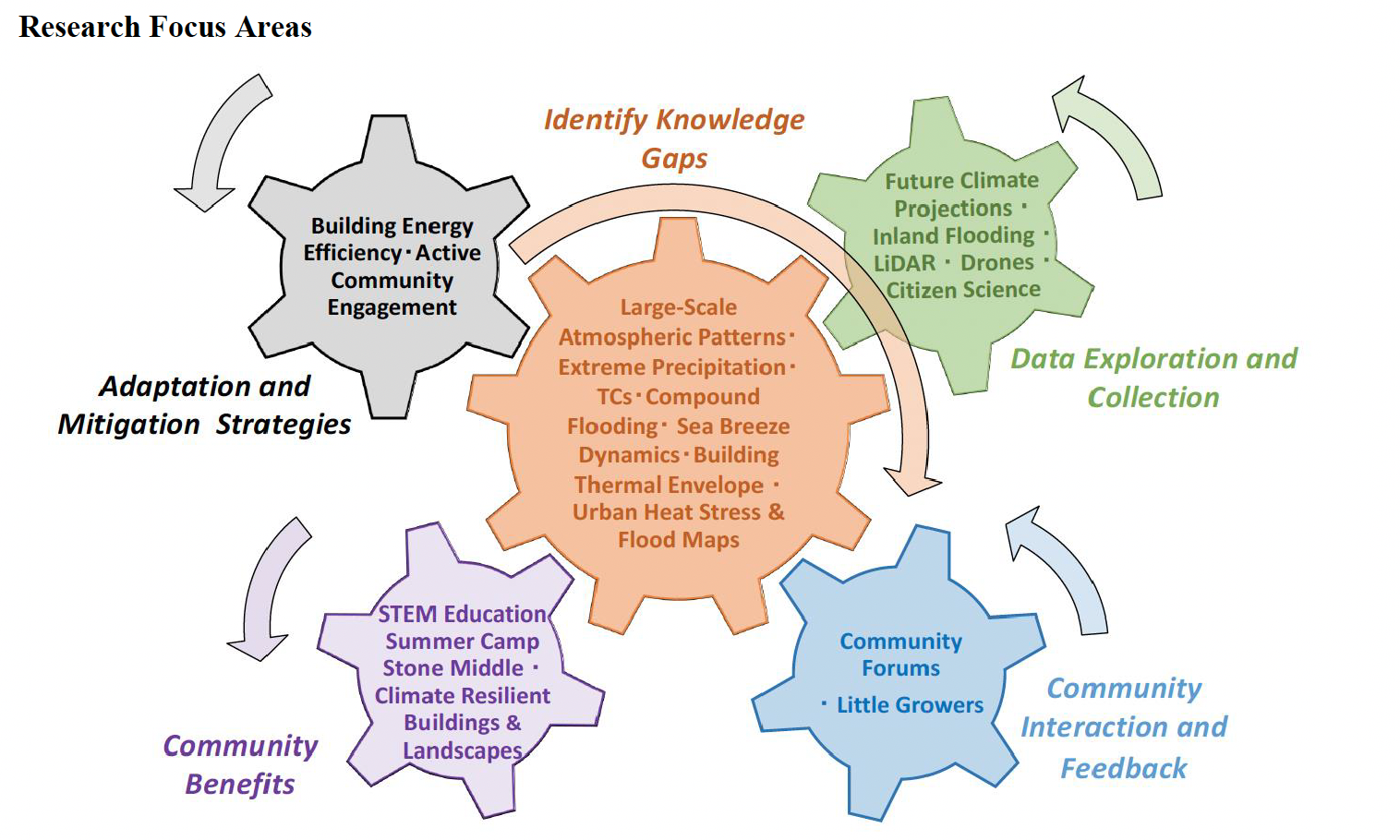
Data Exploration and Collection
Community Interaction and Feedback
Community Benefits
Adaptation and Mitigation Strategies
Indentify Knowledge Gaps
Students at SMMS are working with Florida Tech to plant a Lagoon-friendly Landscape. This includes a forest of Florida native trees on campus.
Florida Native Landscapes
Native Landscapes on Campuses
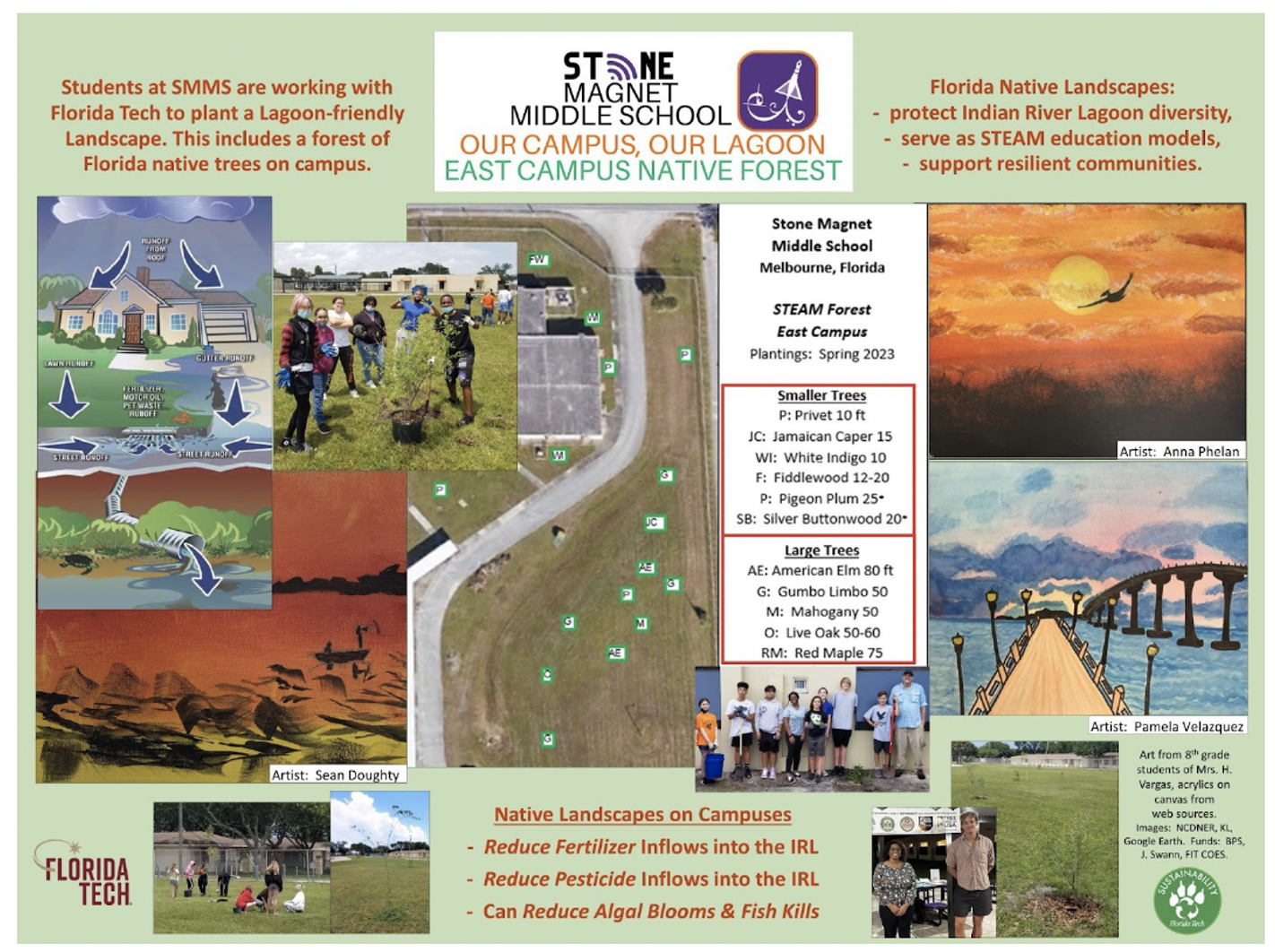
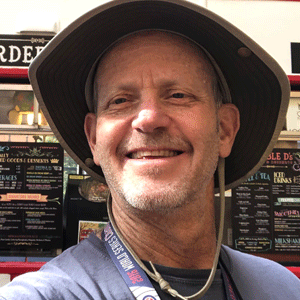


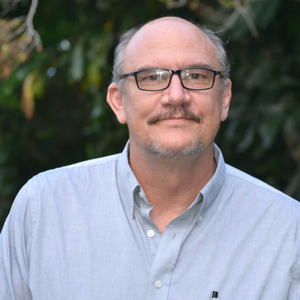

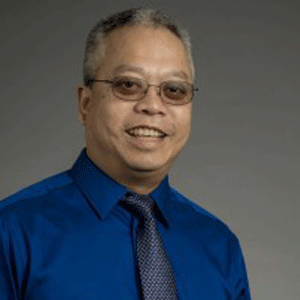

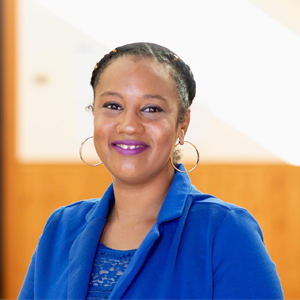




© Florida Institute of Technology, All Rights Reserved